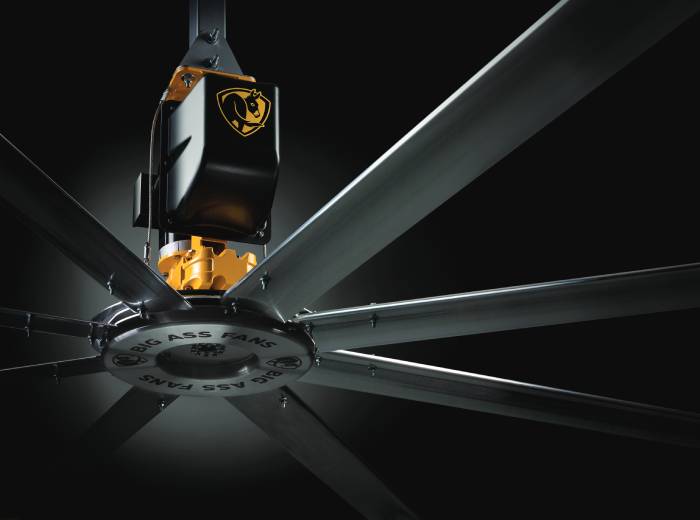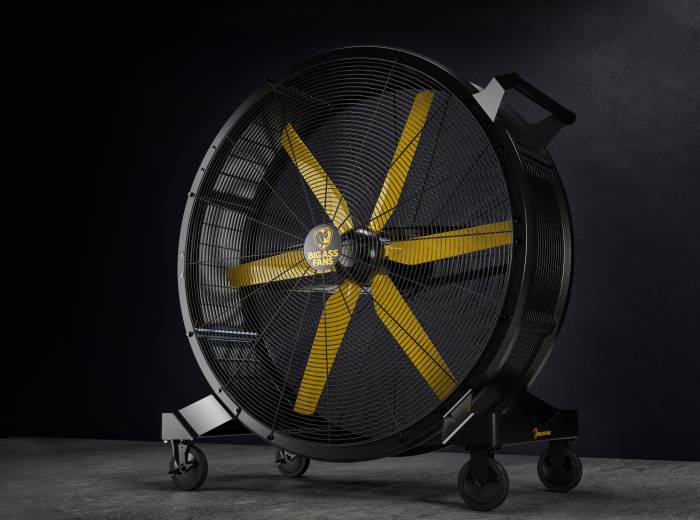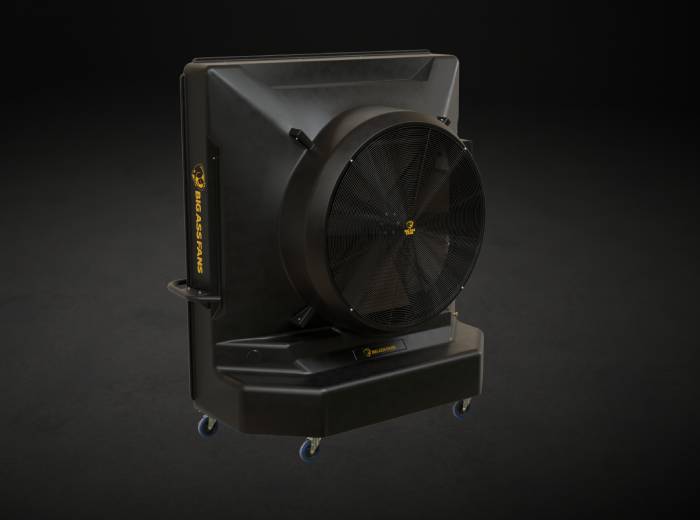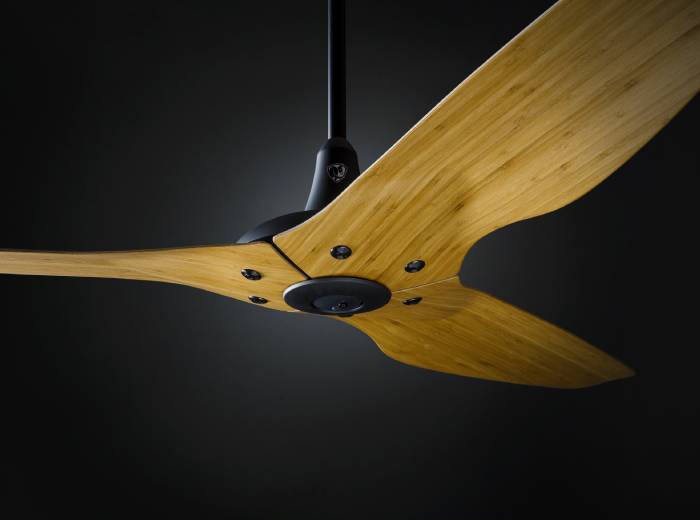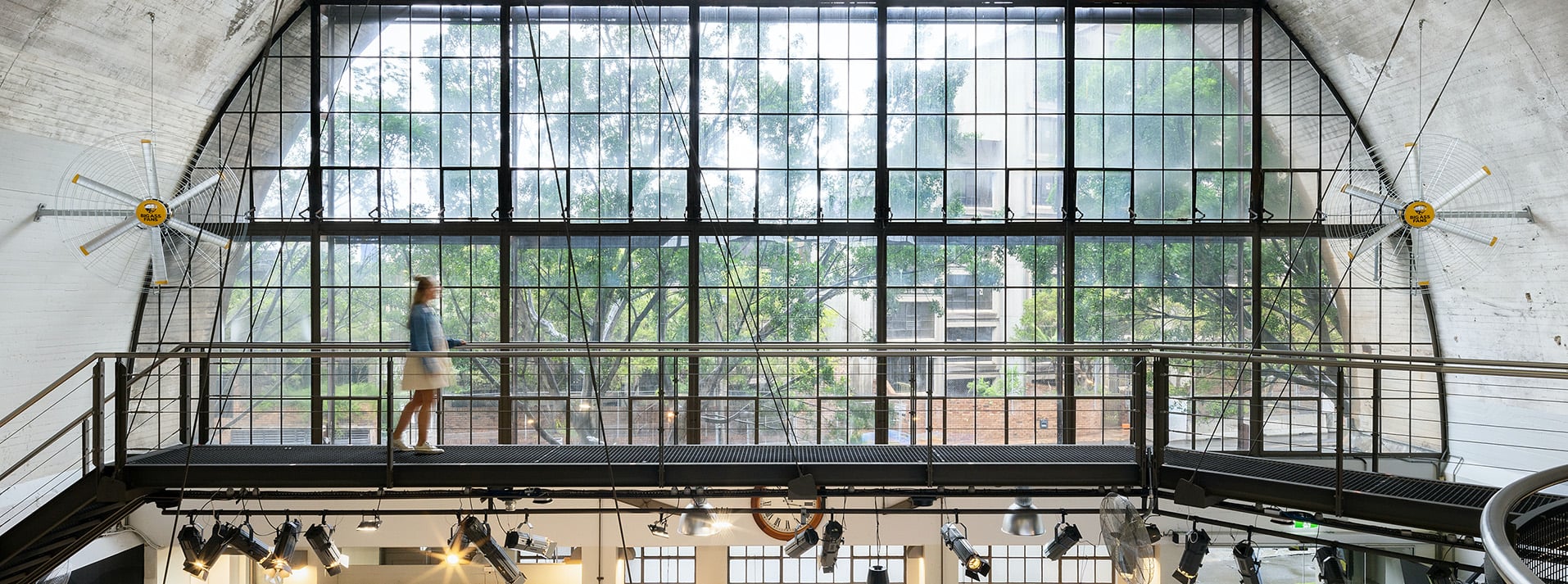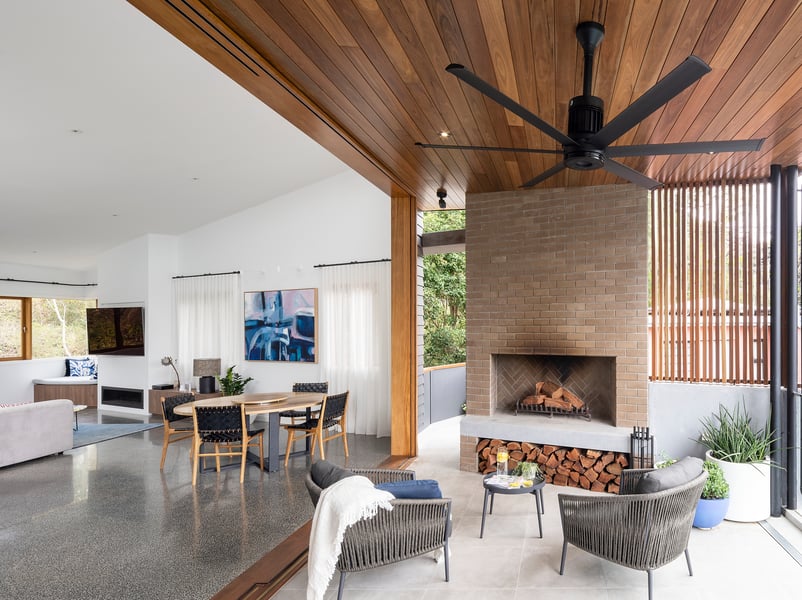
Understanding Ceiling Fan Airflow
When it comes to creating a comfortable environment in your home in Singapore, ceiling fans play a crucial role in air circulation. But what exactly makes a ceiling fan effective, and how do you choose the right one for your space? Let's dive into the science of airflow and explore what factors contribute to optimal ceiling fan performance.
What is Airflow?
CFM (Cubic Feet per Minute)
Airflow is typically measured in CFM, or Cubic Feet per Minute. This metric tells you how much air a fan can move in one minute, essentially measuring its capacity to circulate air throughout a room. A higher CFM rating indicates a more powerful fan that can move larger volumes of air.
Velocity
While CFM measures volume, velocity refers to the speed at which air moves. High velocity doesn't necessarily mean better airflow. Instead, it's the combination of volume and speed that creates effective air circulation. A well-designed fan balances both for optimal comfort, creating a gentle breeze rather than a disruptive gust.
What is a Good Airflow for a Ceiling Fan?
A good ceiling fan typically delivers between 4,000 to 8,000 CFM, depending on the room size. For smaller rooms (up to 9 square metres), 4,000 CFM may be sufficient. Medium rooms (9-18 square metres) benefit from fans with 4,000-6,000 CFM. Large rooms (over 18 square metres) typically require fans delivering 6,000-8,000 CFM or higher.
However, pure numbers don't tell the whole story. The perception of comfort depends on how evenly the air is distributed throughout the space and the sensation of the breeze against your skin.
Factors that Determine Ceiling Fan Airflow
Ceiling Fan & Room Size
The size of your fan relative to your room is perhaps the most critical factor in determining effective airflow. A fan that's too small for a large room simply can't move enough air to make a difference, while an oversized fan in a small room can create uncomfortable turbulence.
As a general guideline:
- Rooms up to 7 sq m: 75-90 cm fan
- Rooms 7-13 sq m: 90-105 cm fan
- Rooms 13-21 sq m: 110-125 cm fan
- Rooms 21-37 sq m: 125-145 cm fan
Ceiling Height
Ceiling height significantly impacts a fan's ability to circulate air effectively. In rooms with standard 2.4-metre ceilings, a flush-mount or low-profile fan works well. For higher ceilings, a downrod is essential to position the fan at the optimal height—ideally 2.4-2.7 metres above the floor—allowing it to push air throughout the room rather than just circulating it near the ceiling.
Fan Blade Material, Angle & Shape
Contrary to popular belief, it’s not the number of blades your ceiling fan has that matters, but their design. In fact, the design of the blades dramatically affects airflow efficiency. This includes:
- Blade Pitch: Blades with a pitch between 12-15 degrees generally provide the best balance between air movement and motor strain. A steeper angle moves more air but requires more power.
- Blade Shape: Aerodynamically shaped blades with tapered edges and curved profiles can significantly increase airflow efficiency by reducing drag.
- Blade Material: The material affects both performance and durability. Solid wood blades offer excellent performance but may warp in humid environments. High-quality ABS plastic or composite materials can provide excellent airflow while resisting warping and are often lighter, reducing strain on the motor.
Motor Performance
The motor is the heart of your ceiling fan, determining both its power and longevity. DC (direct current) motors are becoming increasingly popular due to their energy efficiency and variable speed capabilities. They typically use 70% less energy than traditional AC motors while offering more speed options and quieter operation.
High-quality motors with sealed bearings ensure smooth operation and consistent airflow over the fan's lifetime. The torque (rotational force) produced by the motor must be sufficient to drive the blades at optimal speed, especially if they have a steep pitch.
Fan Direction
Most quality ceiling fans offer reversible operation, allowing you to change the direction of rotation seasonally. This includes:
- Summer mode: Counterclockwise rotation creates a direct downward breeze, producing a cooling effect.
- Winter mode: Clockwise rotation at low speed draws air upward, pushing warm air near the ceiling down along the walls without creating a cooling draft.
This versatility makes ceiling fans a year-round solution for improving comfort and energy efficiency.
How to Find the Right Airflow Solution for Your Space
Choose the Right Size Fan for Your Space
As mentioned earlier, matching fan size to room dimensions is essential. We recommend:
- Haiku L for small rooms like studies
- Haiku I for medium rooms like bedrooms
- Haiku for living or dining areas
- Essence for larger rooms or open-plan spaces
- Industrial fans for warehouse spaces
Hang it at Optimal Height
For maximum efficiency, install your fan so that the blades are 2.4-2.7 metres above the floor and around 30 centimetres below the ceiling. For ceilings higher than 2.7 metres, use a downrod of appropriate length to position the fan properly.
Choose an Optimal Blade Design
Look for fans with aerodynamically efficient blades featuring:
- A pitch between 12-15 degrees
- Tapered, curved profiles that minimise drag
- High-quality materials that maintain their shape
Remember that the finish of the blades can affect airflow as well—smooth, polished surfaces create less resistance than textured ones.
Choose an Efficient Motor
Invest in a fan with a quality motor—preferably a DC motor for maximum efficiency and control. Look for:
- Multiple speed settings (at least 3, preferably 6 or more)
- Reversible operation
- Sealed bearings for quieter operation
- Sufficient power rating for the blade size and pitch
Wrapping Up
Through understanding these airflow fundamentals, you can select a ceiling fan that not only complements your home’s decor but also delivers the perfect balance of air movement for year-round comfort in Singapore’s tropical heat.
Explore our range of top-quality ceiling fans today and find the ideal airflow solution for your space.

